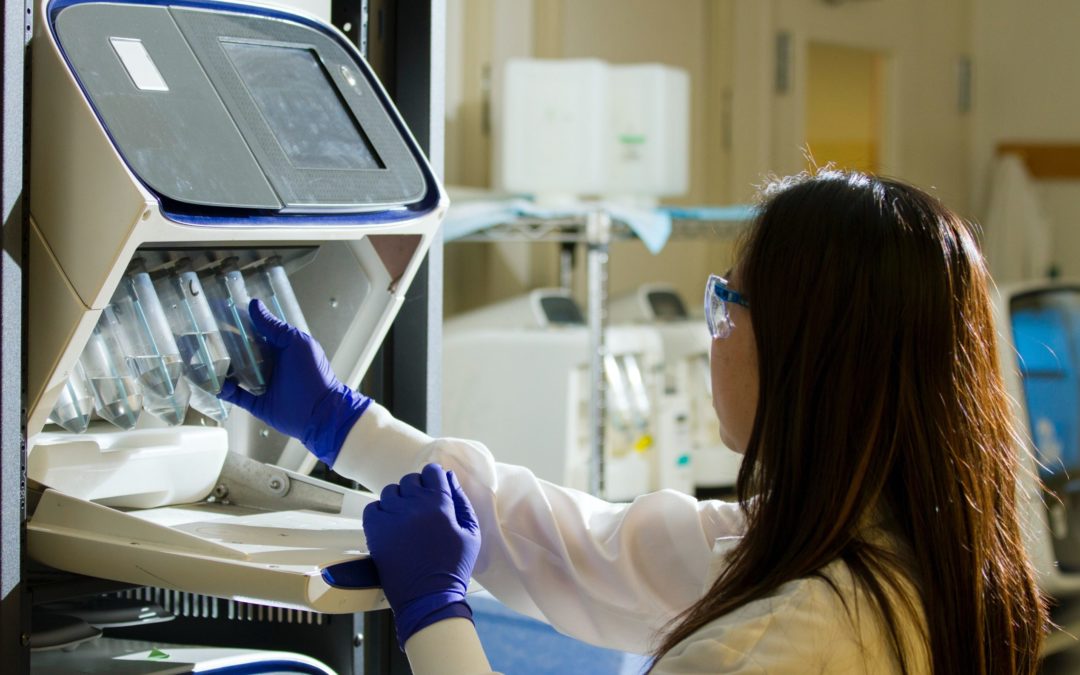With advancements in medical science and technology, testimony from genetic experts may become increasingly important in medical malpractice claims.
Is the developmental delay in my child a result of a congenital defect or was it brought on by a lack of oxygen during labour? Is it the outcome of a genetic mutation or improper labour management on the part of my obstetric care team?
Howie, Sacks & Henry considers these questions in a blog post published on their website. medical malpractice attorneys must demonstrate on the balance of probabilities that the child’s neurological issues are caused by a breach of the standard of care by the obstetrician and/or the obstetric nurses in order to prevail in a claim of negligence against the client’s obstetric care providers (physicians and/or nurses).
Defendants may be counted on to make a strong case that other circumstances are to blame for a child’s health problems because of the significant stakes at risk and the medical complexity of labour and delivery.
Cerebral Palsy is one of the conditions most frequently linked to birth trauma. A baby’s brain may be damaged if it is denied oxygen for long enough around the time of delivery. This brain damage often manifests as movement and cognitive problems, which lead to a diagnosis of Cerebral Palsy.
In the absence of any birth-related damage, Cerebral Palsy is also known to develop, in which case it may be linked to disorders including intrauterine infection, preterm, neonatal stroke, or intrauterine growth restriction. With the growth of medical science, it is now also acknowledged that genetic abnormalities, particularly copy number variations, are linked to a number of neurodevelopmental disorders, including Cerebral Palsy.
A defendant in a birth injury lawsuit may request that the child undergo genetic testing to find proof that genetics, rather than the medical care provided around the time of labour, is most likely the cause of the child’s problems. This new understanding, combined with the recent availability of technology to thoroughly test our genetic material (known as “whole-exome sequencing” and “whole-genome sequencing”), makes this possible.
Genetic testing, however, is not likely to yield definitive results at this time. Cerebral palsy and other developmental abnormalities have not been linked to a single gene or small group of genes, in contrast to diseases like Huntington’s disease, which is brought on by a mutation in a single gene. According to a recent scientific study by Emrick et al, “At the time of writing, there are more than 800 genes in the Online Mendelian Inheritance in Man (OMIM) database available online at https://www.omim.org associated with Cerebral Palsy, representing more than 900 clinical conditions.”
Even though testing may identify several genetic variations linked to cerebral palsy or developmental abnormalities, those differences may not be adequate on their own or may have unknown relevance, leaving the overall results without any conclusive evidence of a causal relationship. The outcomes in a court case might only serve to muddy the waters and perplex the fact-finder.
A person’s genes are analyzed as part of whole genome sequencing. It is necessary to take a tissue sample from the child, and frequently samples from the parents are also needed for comparison. Since whole genome sequencing is not available in Canada yet for anything other than research, the testing is carried out through American laboratories for legal reasons. Currently, the price is very expensive, which significantly raises the expense of disbursements that law firms spend on behalf of clients while pursuing a birth injury claim.
Given that whole-exome and whole-genome sequencing are commercially available despite their high cost, this testing will probably be done more frequently during birth injury litigation. As testing costs come down and the field of genetics advances, this trend will only grow.
Regardless of the legal issues, testing may become standard practice during treatment. Oskoui, et al. stated that “In light of our new findings, however, we recommend that genomic analyses, in particular, high-resolution microarrays as a first tier and ultimately whole-genome sequencing, be integrated into the standard of practice for diagnosis and clinical categorization of CP.”
As the field of genetics matures, we can anticipate that numerous medical malpractice cases will heavily rely on the testimony of genetics experts. Plaintiffs’ attorneys will need to have the ability to successfully translate the results of genetic testing into words that a judge or jury can understand in addition to locating and retaining specialized experts.
It is clear that attorneys who handle these claims will need to have a working knowledge of genetic science in order to properly advise their clients, even though the final effect of this new access to genetic testing on medical malpractice claims won’t be known until more cases make their way through the court system.
MedMalDoctors has a nation network of medical experts that provides lawyers with opinions on Causation and Standard of Care regarding potential medical malpractice.
Our Medical Director, Dr. Roger Hodkinson, has particular interest in Covid related issues and he encourages you to call him for an exploratory conversation.
To learn more about how MedMalDoctors can assist you in your next medical malpractice case, please call us at 1.800.590.9631 or send an email to marketing@medmaldoctors.ca
From Howie, Sacks & Henry

